A Comprehensive Guide to Places to Visit, Activities, and Foods in Spain
Introduction
Spain, with its rich history, cultural heritage, stunning beaches, and vibrant atmosphere, is one of Europe’s most popular tourist destinations. Offering both natural beauty and cultural wealth, it provides visitors with a unique experience. In this Spain travel guide, we will provide detailed information about places to visit, activities to engage in, and foods to try in Spain.
Overview of Spain
Spain is a country located in southwestern Europe, occupying the Iberian Peninsula. It shares borders with France, Portugal, Andorra, and Gibraltar. Spain is known for its cultural diversity, historical heritage, and rich cuisine. With 17 autonomous regions, each with its own unique culture and traditions, Spain is renowned for its world-famous festivals, beaches, and historic cities.
Natural Beauty of Spain
Picos de Europa and Mountaineering
Picos de Europa, located in northern Spain, is a paradise for nature lovers and mountaineers. Known for its dramatic landscapes, deep valleys, and various hiking trails, it attracts many visitors. Covadonga Lakes are especially popular, offering stunning views.
Costa Brava and Beaches
Costa Brava, located in northeastern Catalonia, is famous for its crystal-clear Mediterranean waters. This region captivates visitors with its magnificent beaches, hidden coves, and picturesque fishing villages. Tossa de Mar and Cadaqués are among the most popular destinations in Costa Brava.
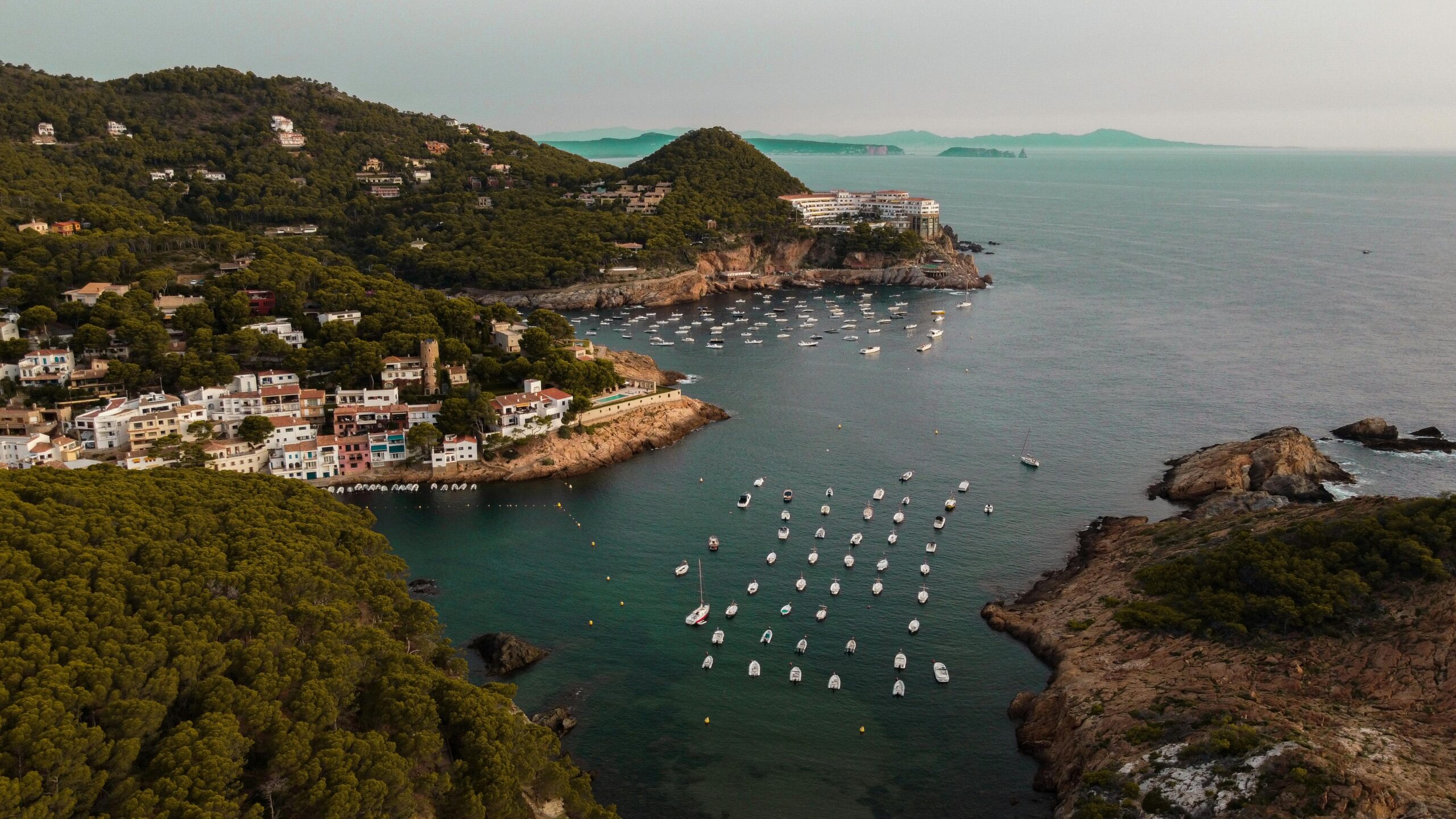
Nature Parks and Reserves
Spain is home to many national parks and nature reserves. Doñana National Park, located in Andalusia, is famous for its biodiversity. Sierra Nevada National Park, with Spain’s highest mountain peaks, is an excellent destination for winter sports.
Spanish Cities and Cultural Riches
Madrid
Madrid, the capital and largest city of Spain, offers a wonderful blend of historical and modern architecture. The Prado Museum houses one of the world’s most important art collections. Plaza Mayor and the Royal Palace are iconic landmarks of Madrid.
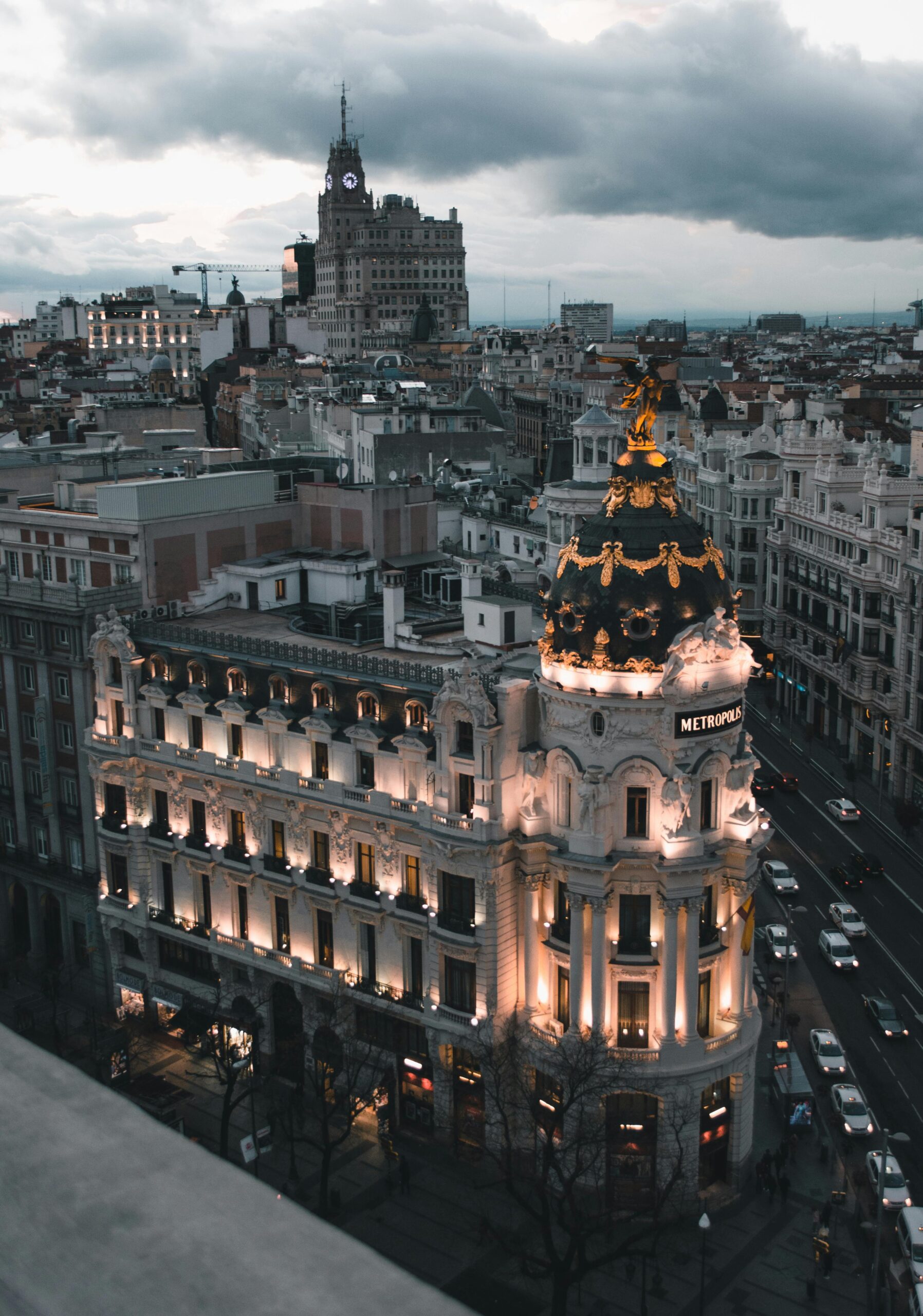
Barcelona
Barcelona, the capital of Catalonia and located on the Mediterranean coast, is a dynamic city. Antoni Gaudí’s works, especially Sagrada Familia and Park Güell, are city symbols. La Rambla is Barcelona’s most famous street, popular for shopping, dining, and entertainment.
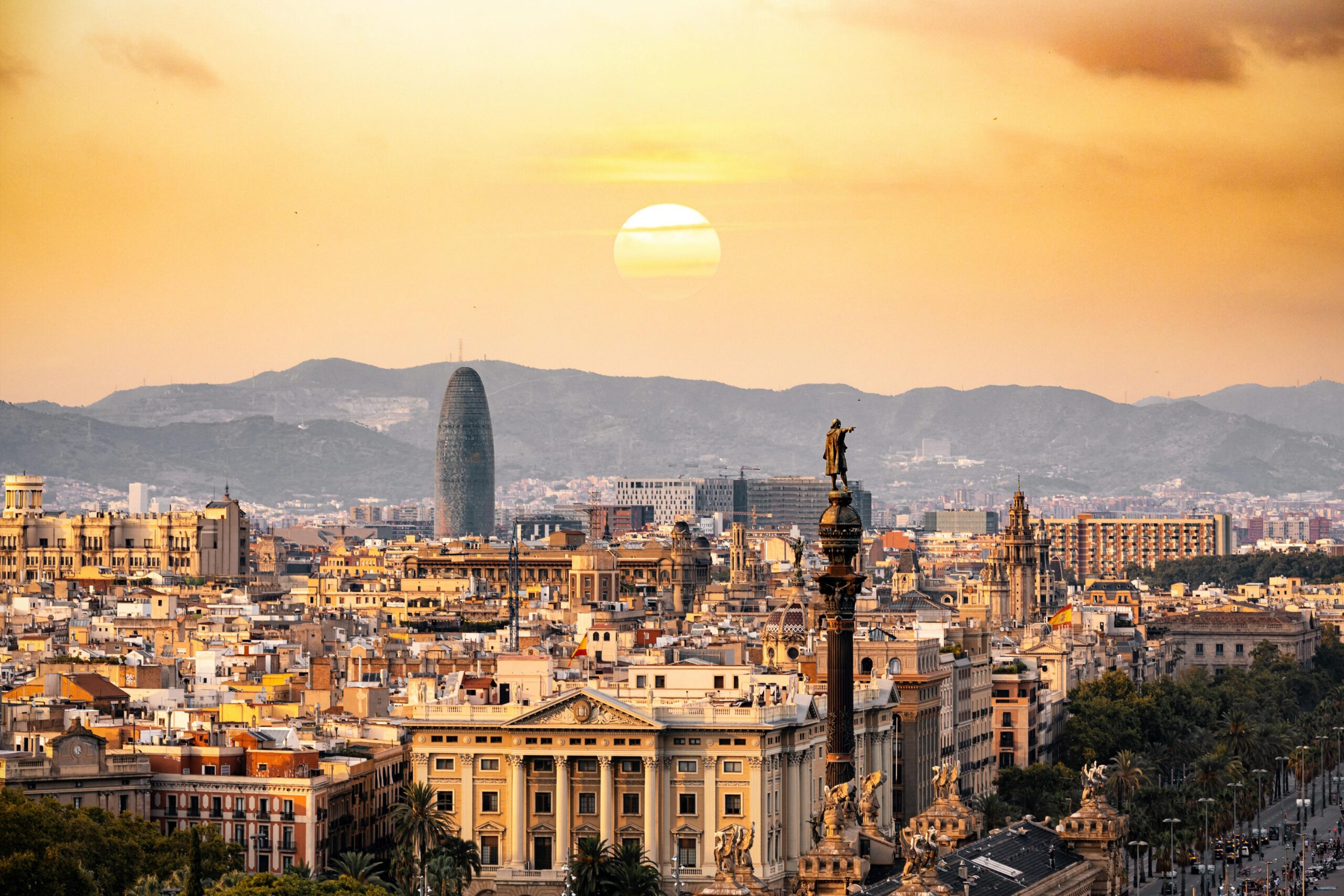
Seville
Seville, the capital of the Andalusia region, is known for its rich history. The Alcázar Palace and Seville Cathedral are the city’s most important historical buildings. Plaza de España attracts visitors with its impressive architecture and large square.
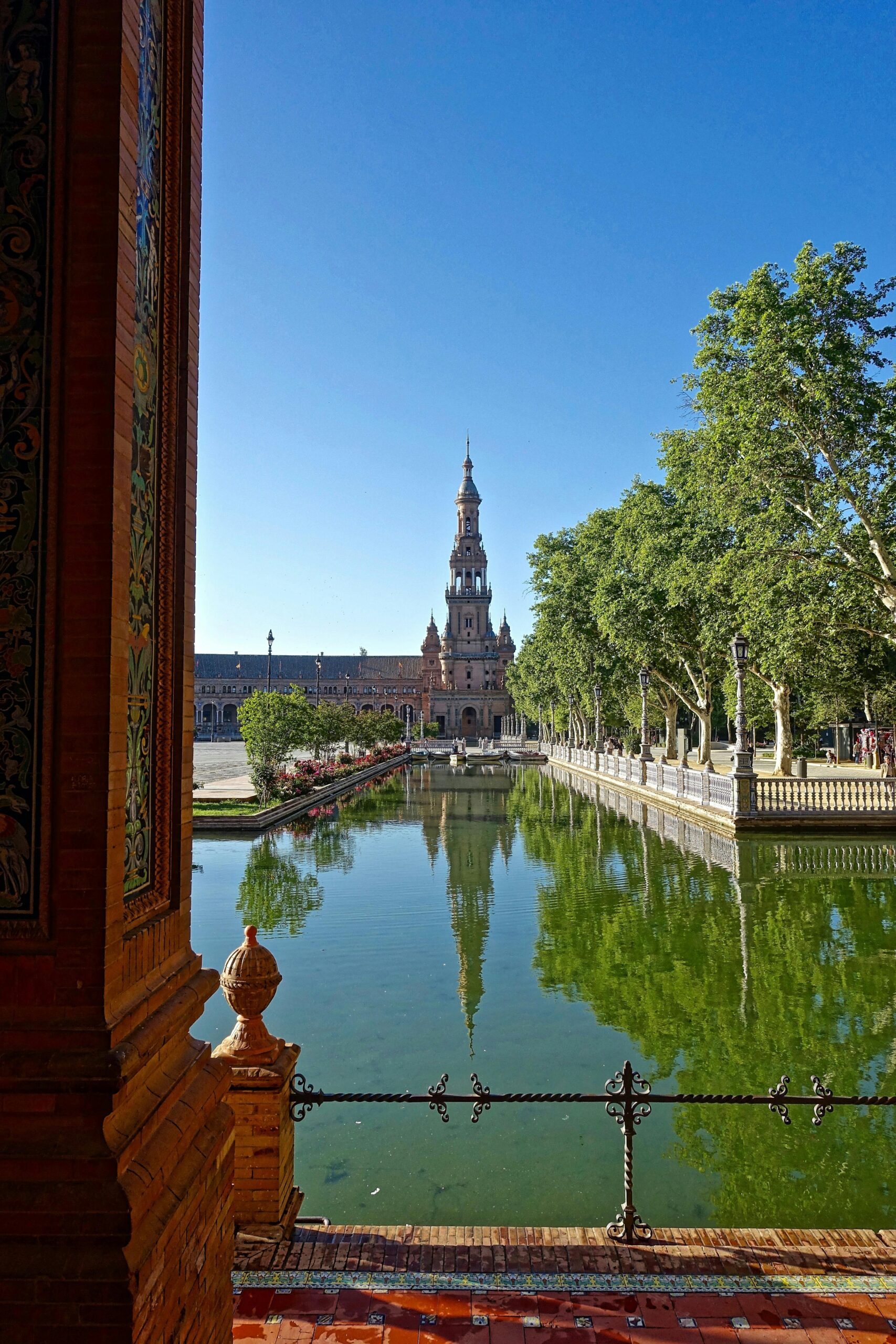
Valencia
Valencia, located on Spain’s east coast, is known for its modern architecture. The City of Arts and Sciences, with its impressive modern buildings and museums, is famous. Additionally, Valencia’s historic city center stands out with its Gothic and Renaissance architecture.

Granada
Granada, situated at the foot of the Sierra Nevada Mountains, is famous for the Alhambra Palace, a stunning example of Islamic architecture. The Albaicín neighborhood, with its narrow streets and whitewashed houses, enchants visitors. The Generalife Gardens are another important tourist spot in Granada.
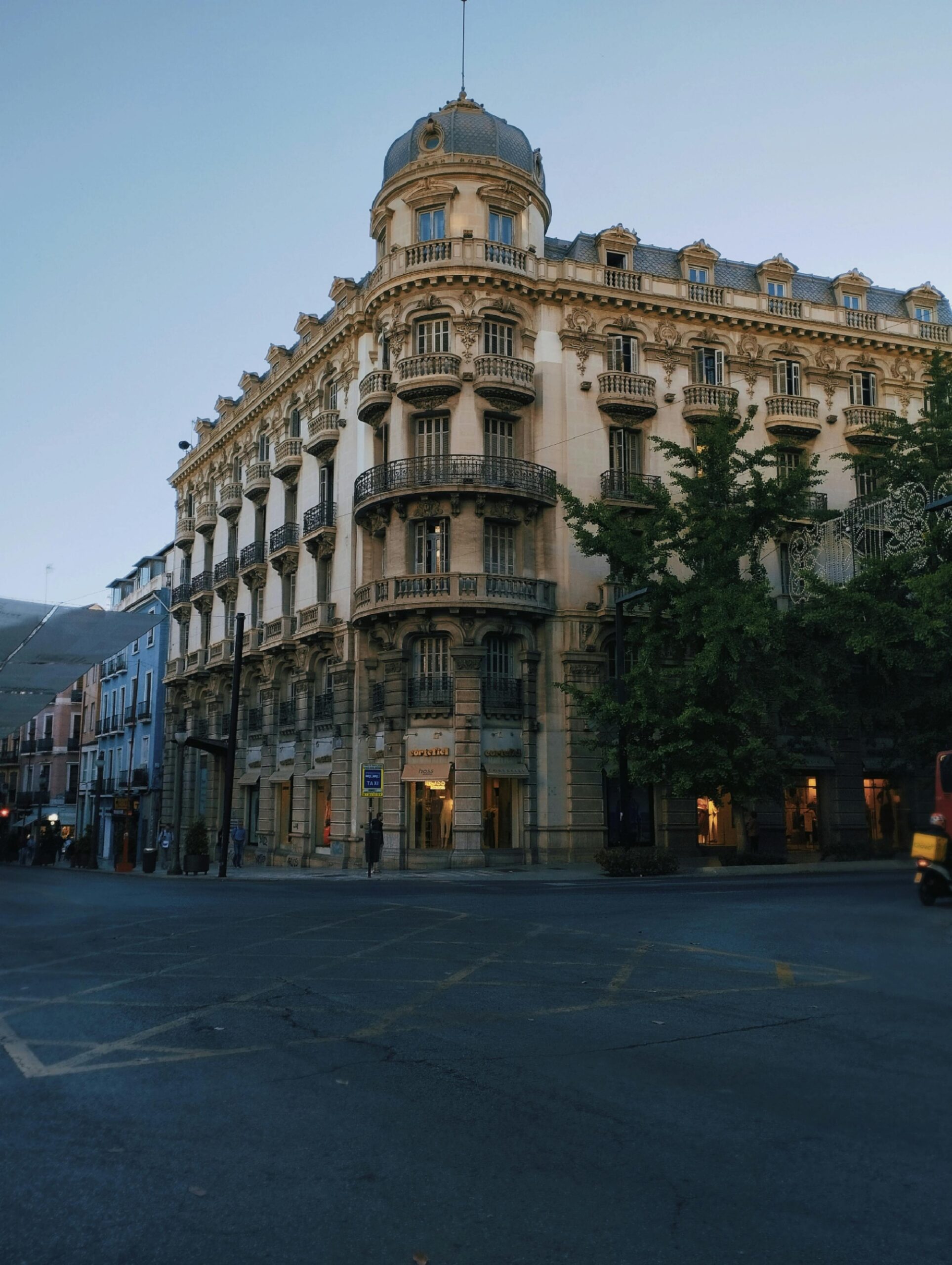
Bilbao
Bilbao, located in the Basque Country, is a leading center for modern art and architecture. The Guggenheim Museum, designed by Frank Gehry, is one of the city’s most iconic structures. Additionally, the historic city center, known as Casco Viejo, is famous for its narrow streets and vibrant atmosphere.
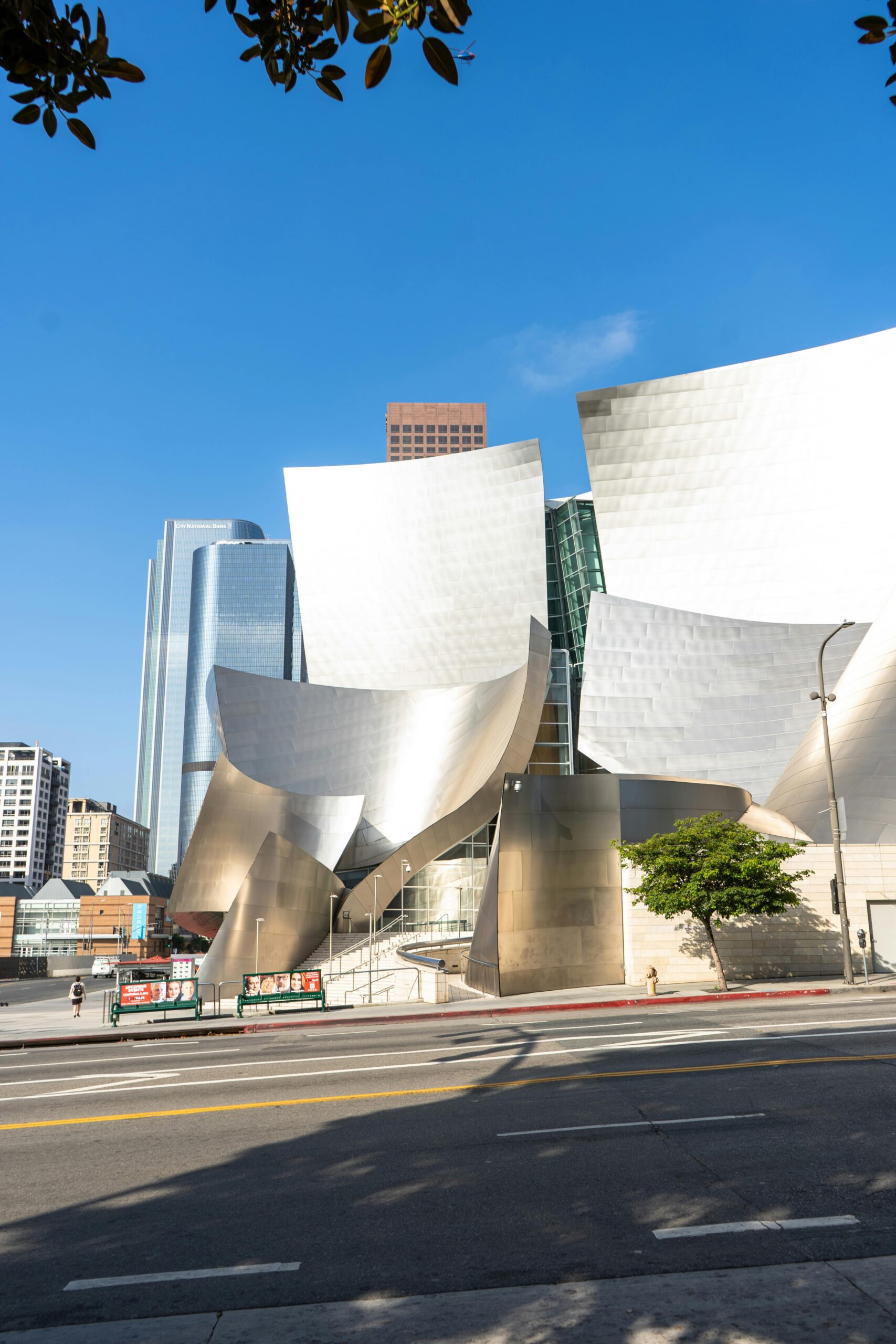
Málaga
Málaga, located in the Costa del Sol region, is known for its beautiful Mediterranean beaches. The Picasso Museum houses works by the famous artist. Additionally, the Alcazaba Fortress and Gibralfaro Castle are important stops for those looking to explore Málaga’s history.

Toledo
Toledo, located south of Madrid, is famous for its rich history. Medieval walls, narrow streets, and historical buildings enhance the city’s charm. Toledo Cathedral and the El Greco Museum are among the city’s most important tourist attractions.
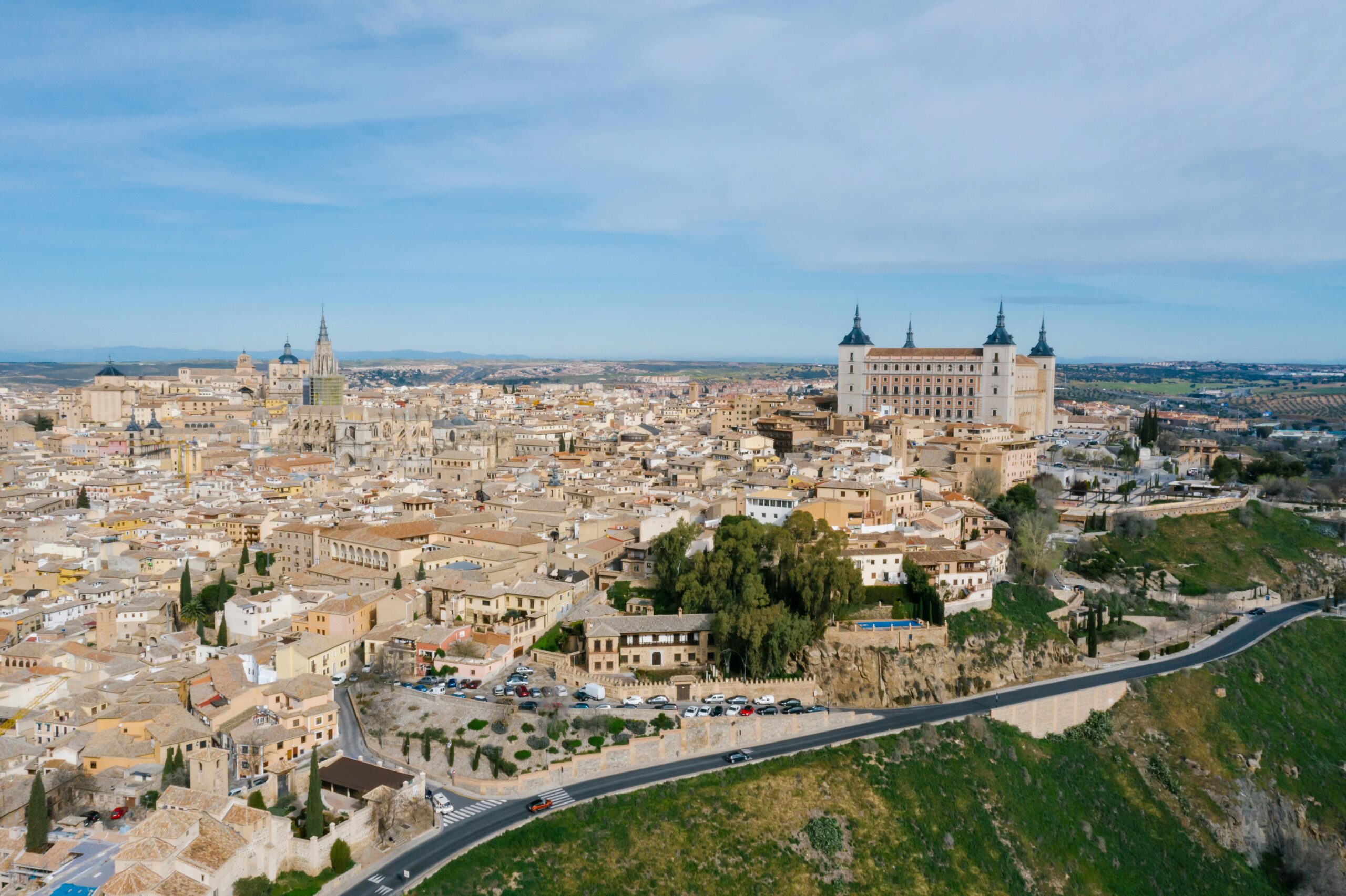
Activities to Do in Spain
Tapas Tours and Gastronomy
Spain is famous for its delicious food and rich cuisine. Tapas tours are an excellent way to taste local flavors in different regions of the country. Tapas bars are common in cities like Madrid, Barcelona, and Seville. Paella, one of Spain’s most famous dishes, is a must-try, especially in Valencia.
Flamenco Shows
Flamenco is one of Spain’s most famous dance and music forms. These shows in cities like Seville, Jerez, and Granada offer the best examples of this passionate art. You can watch professional dancers and musicians perform at venues called tablao.
Beach and Water Sports
Spain’s long coastline offers excellent opportunities for beautiful beaches and various water sports. Costa del Sol, Costa Brava, and the Canary Islands are popular beach destinations. Activities such as sailing, surfing, diving, and jet skiing are among the fun activities you can do on Spanish beaches.
Hiking and Trekking
Spain’s natural beauty provides countless opportunities for hiking and trekking. Picos de Europa, the Pyrenees Mountains, and Sierra Nevada are popular destinations for nature walks and trekking. The famous Camino de Santiago route is also walked by thousands of pilgrims and nature lovers each year.
Wine Tours and Tastings
Spain is known for its world-renowned wine regions. You can visit wineries in regions like Rioja, Ribera del Duero, and Priorat to taste wines and learn about the winemaking process. The Jerez region is famous for producing the renowned Spanish wine, Sherry, and wine tours here are very popular.
Festivals and Events
Spain hosts many colorful festivals and events throughout the year. La Tomatina, held in Buñol, Valencia, is a famous festival featuring the world’s largest tomato fight. Additionally, the San Fermín Festival in Pamplona is known for its bull runs and attracts thousands of tourists every year. Las Fallas, held in Valencia, is an impressive festival where giant puppets are burned.
Spanish Cuisine and Foods
Paella
Paella, one of Spain’s most famous dishes, originates from the Valencia region. This saffron-flavored rice dish is enriched with seafood, chicken, rabbit, and vegetables. Paella is a must-try dish at restaurants in Spain.
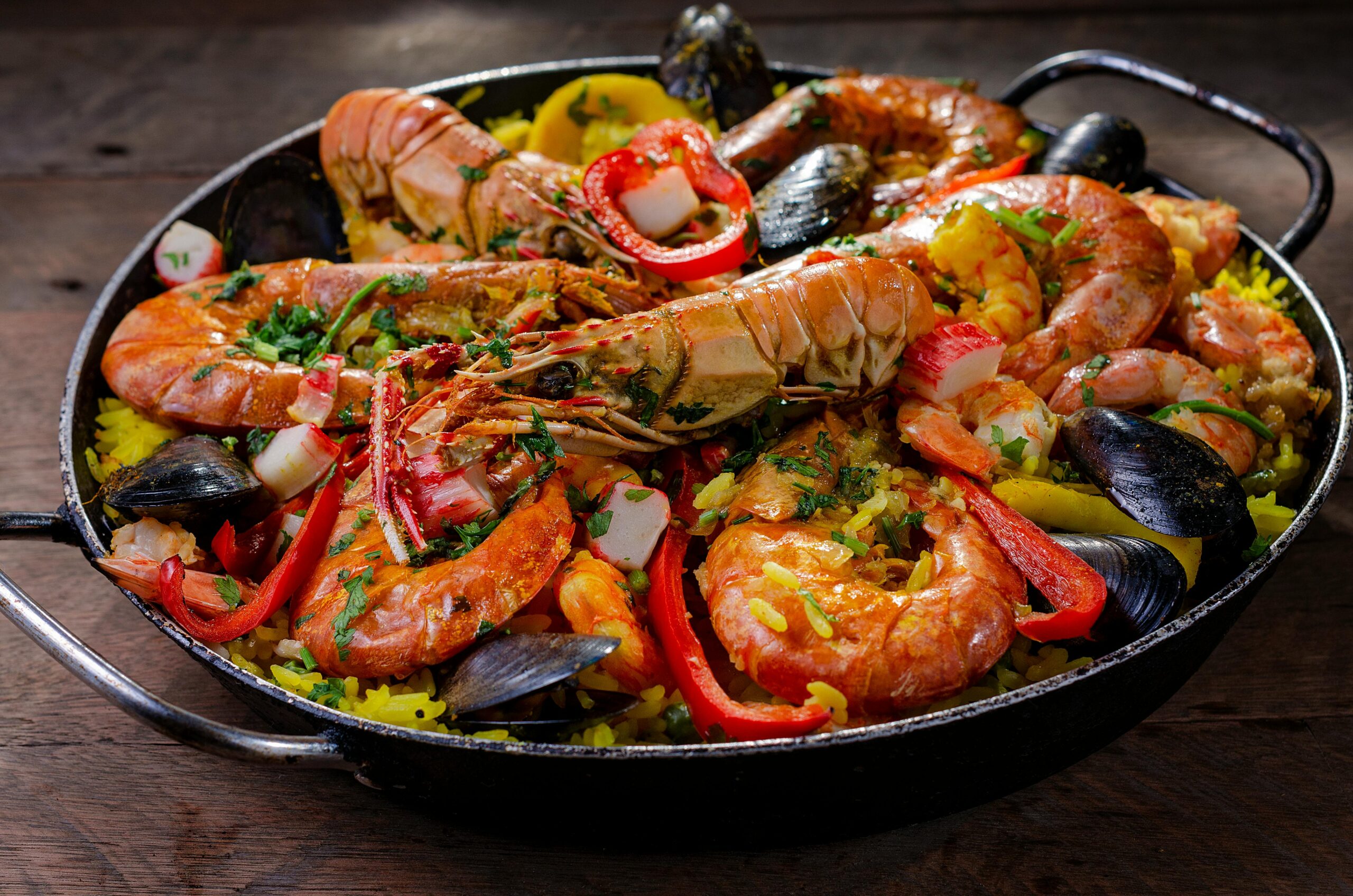
Tapas
Tapas are traditional Spanish small snacks found throughout the country. Patatas bravas, jamón ibérico, chorizo, gambas al ajillo, and tortilla española are among the most popular tapas varieties. You can try different varieties at tapas bars and enjoy the flavors of Spanish cuisine.
Gazpacho
Gazpacho is a cold tomato soup and offers a refreshing taste, especially in summer. This traditional Andalusian dish is made with tomatoes, cucumbers, peppers, garlic, and olive oil. Gazpacho is an ideal choice to cool off during the hot Spanish summers.
Jamón Ibérico
Jamón Ibérico is Spain’s famous cured ham, especially produced in the Salamanca and Extremadura regions. This delicious ham is obtained from special Iberian pigs and goes through a long curing process. You can enjoy Jamón Ibérico at tapas bars and restaurants in Spain.
Tortilla Española
Tortilla Española, known as Spanish omelette, is made with potatoes, onions, and eggs. This delicious and filling dish is usually served as tapas and can be found everywhere in Spain.
Churros
Churros are one of Spain’s famous desserts and are usually eaten for breakfast or as a snack. These fried dough sticks are coated in sugar and served with hot chocolate sauce. Churros are a must-try delicacy at bakeries and cafes in Spain.

Sangria
Sangria is Spain’s famous alcoholic beverage made with red wine, fruit juice, soda, fruit pieces, and sometimes brandy. The food is a refreshing drink, especially popular in summer, and can be found frequently at Spanish restaurants.

Spain’s Hidden Gems
Ronda
Ronda is a town in the Andalusian region, famous for its dramatic location. The town, perched on the edge of a deep gorge, offers stunning views. The Puente Nuevo Bridge is one of Ronda’s most famous structures, connecting the two sides of the town. Additionally, Ronda’s bullfighting arena is the oldest in Spain.
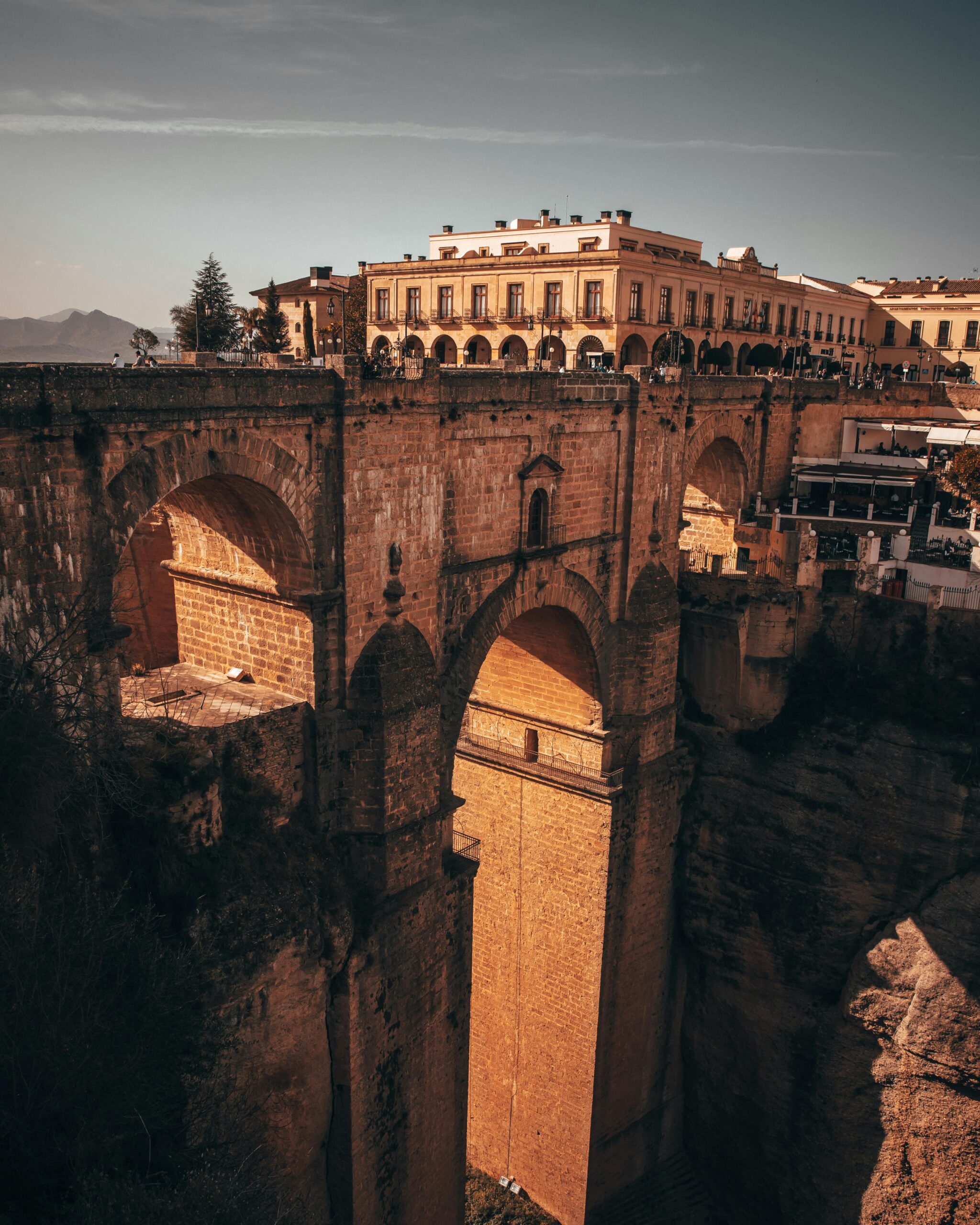
Cadaqués
Cadaqués is a picturesque fishing village on the Costa Brava in Catalonia. This village, where Salvador Dalí once lived, inspired the artist’s works. With its narrow streets, whitewashed houses, and stunning coves, Cadaqués is perfect for a peaceful holiday.
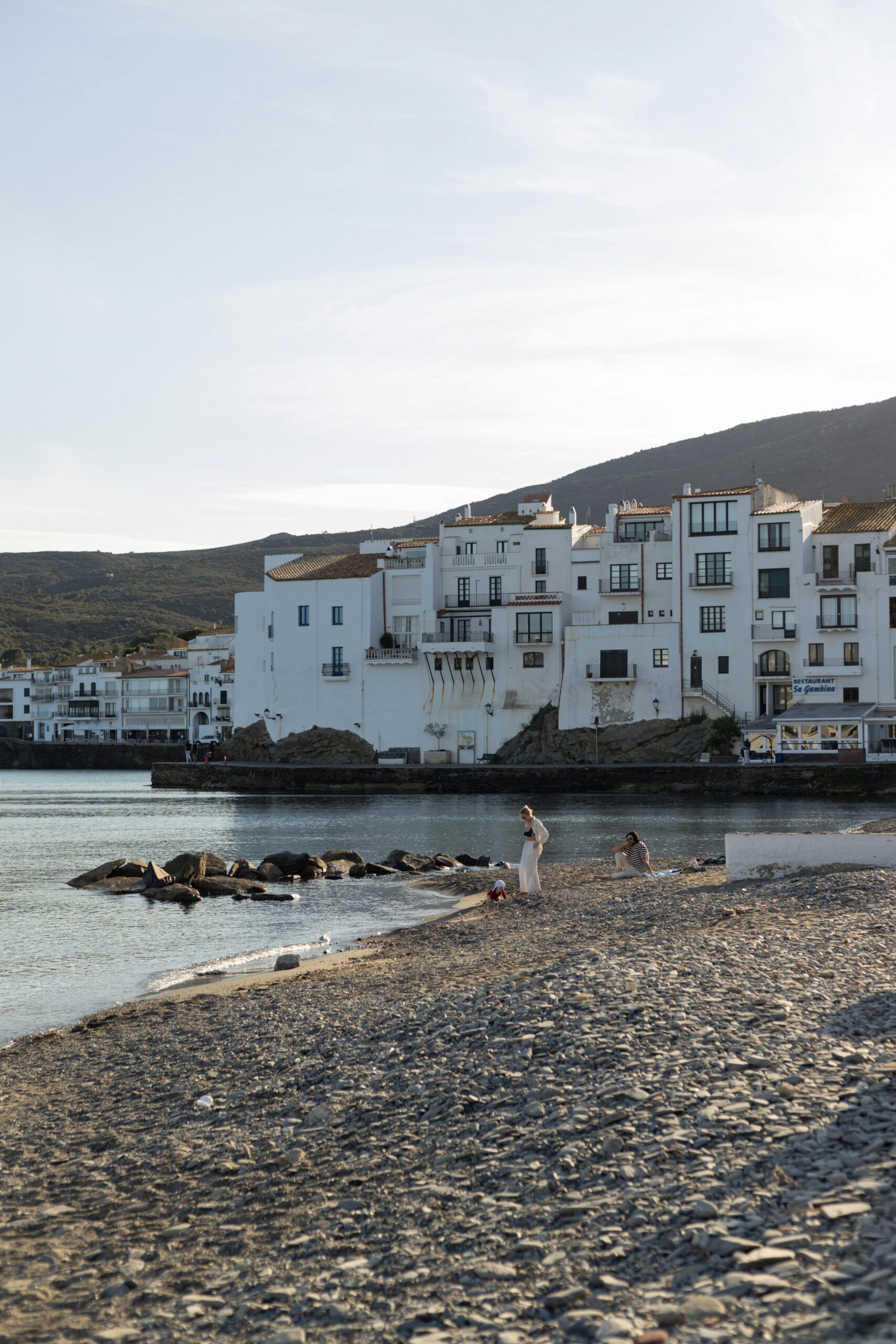
Salamanca
Salamanca, located in western Spain, is famous for its university. The University of Salamanca, founded in the 13th century, is one of the oldest in Europe. Plaza Mayor, located in the city center, is one of Spain’s most beautiful squares. Additionally, Salamanca Cathedral is another important tourist spot in the city.

San Sebastián
San Sebastián, located in the Basque Country, is famous for its magnificent beaches. La Concha Beach is considered one of the most beautiful city beaches in Europe. The city is also renowned for its gastronomy, with Michelin-starred restaurants. The San Sebastián Film Festival, held every September, is one of the important events in the international film world.
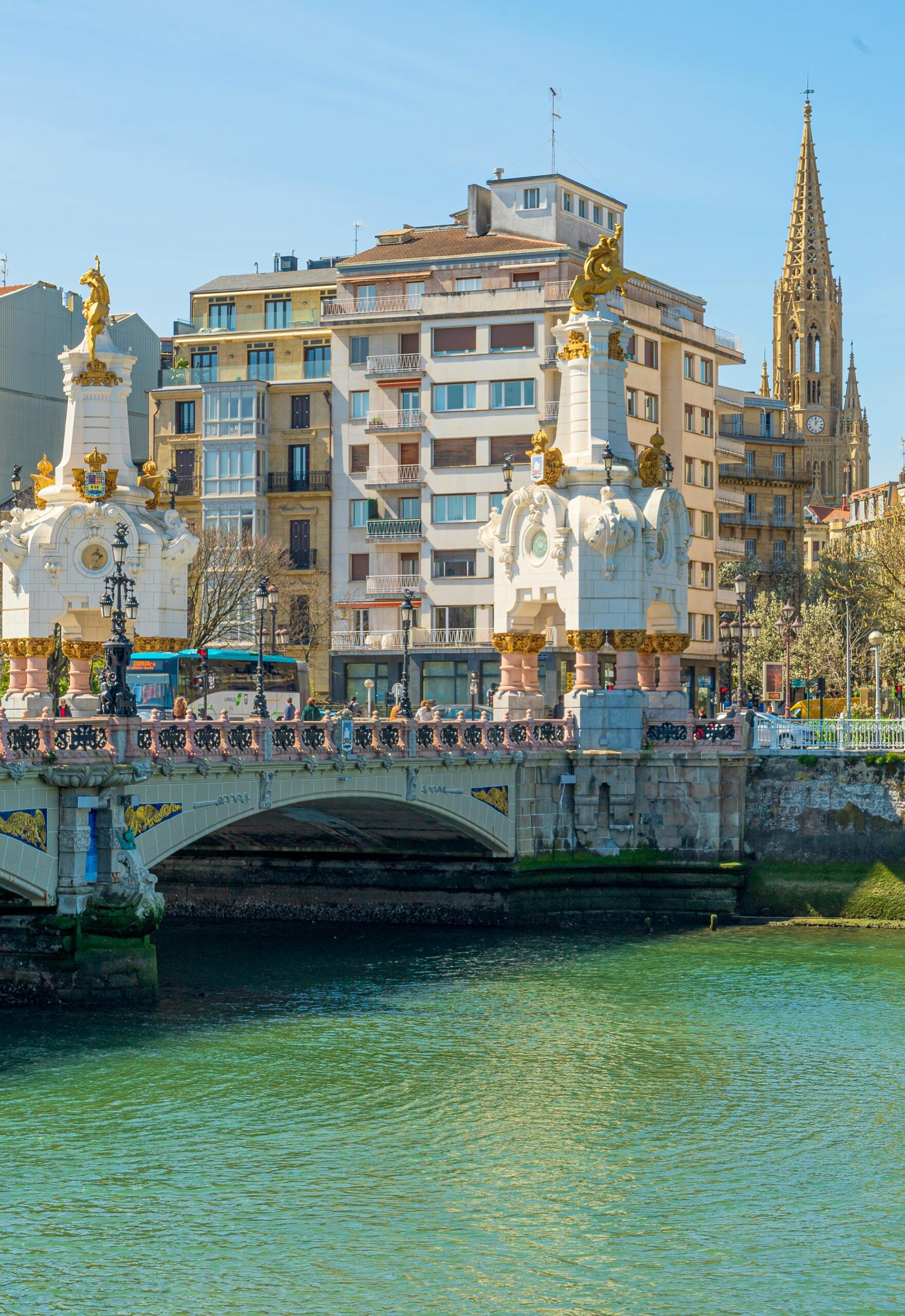
Segovia
Segovia, located north of Madrid, is famous for its historic aqueduct. This Roman-era aqueduct is one of Segovia’s most important landmarks. Additionally, the Alcázar Castle and Segovia Cathedral are other significant tourist spots in the city. Segovia is also known for its famous roasted suckling pig (cochinillo).
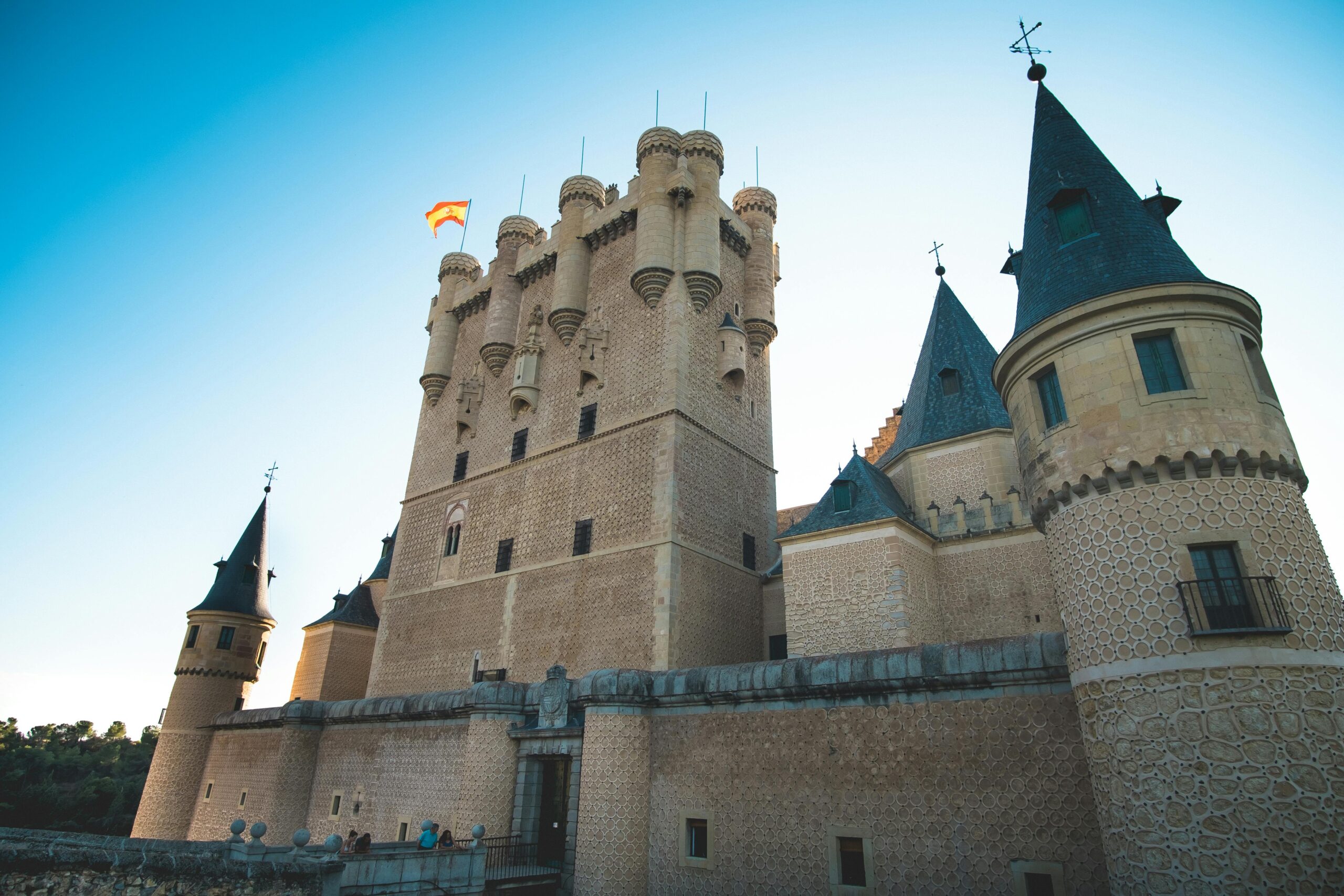
Girona
Girona, located in northern Catalonia, is famous for its historical texture. The city stands out with its medieval narrow streets, historical buildings, and impressive cathedral. Additionally, Girona’s Jewish Quarter (El Call) is one of the best-preserved Jewish quarters in Spain. Girona also hosted some scenes from the famous TV series Game of Thrones.
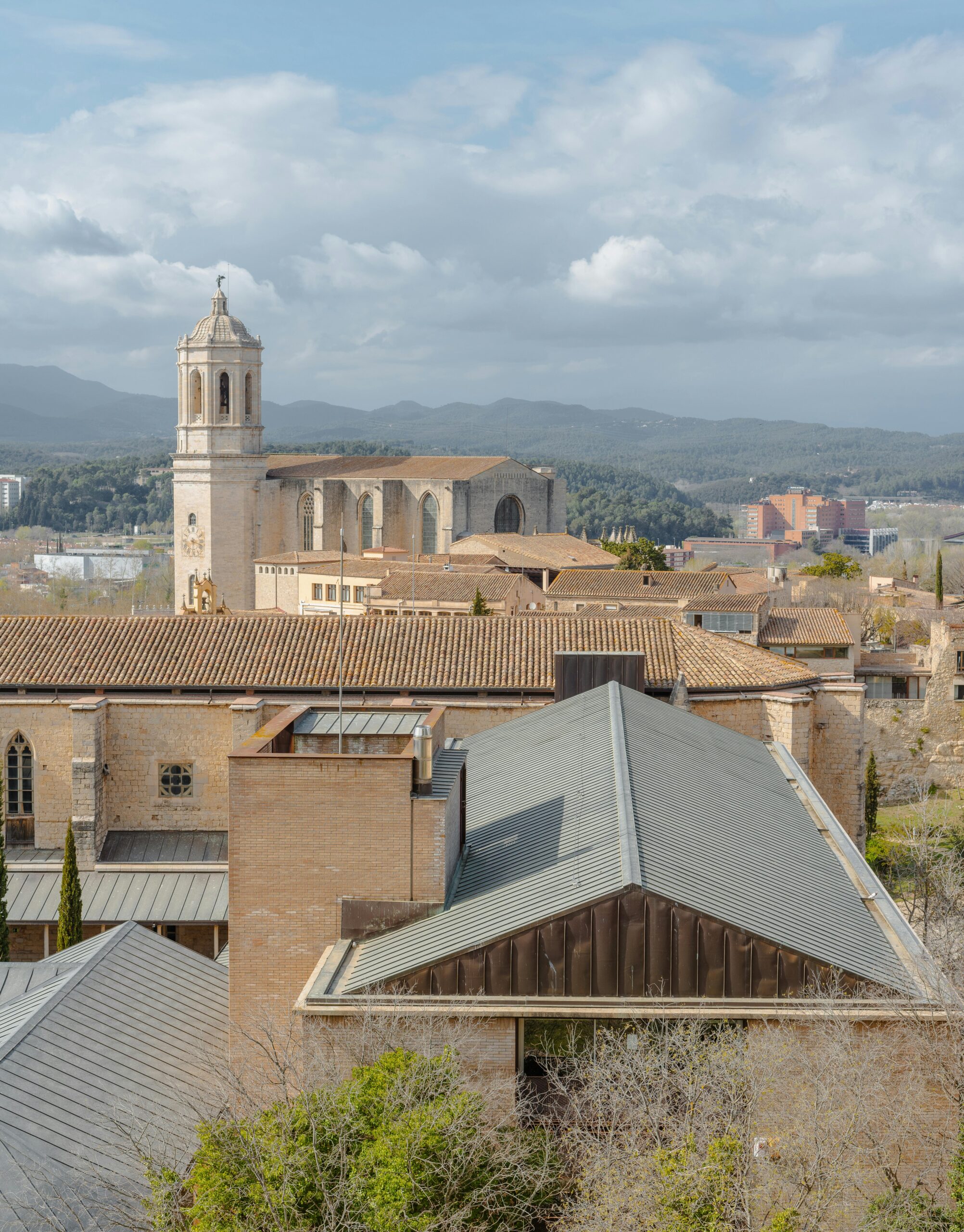
Cuenca
Cuenca, located in the Castilla-La Mancha region, is famous for its hanging houses (casas colgadas). These houses, dramatically built on the edge of a cliff, offer stunning views. Additionally, Cuenca Cathedral and the Museum of Abstract Art are other significant tourist spots in the city.
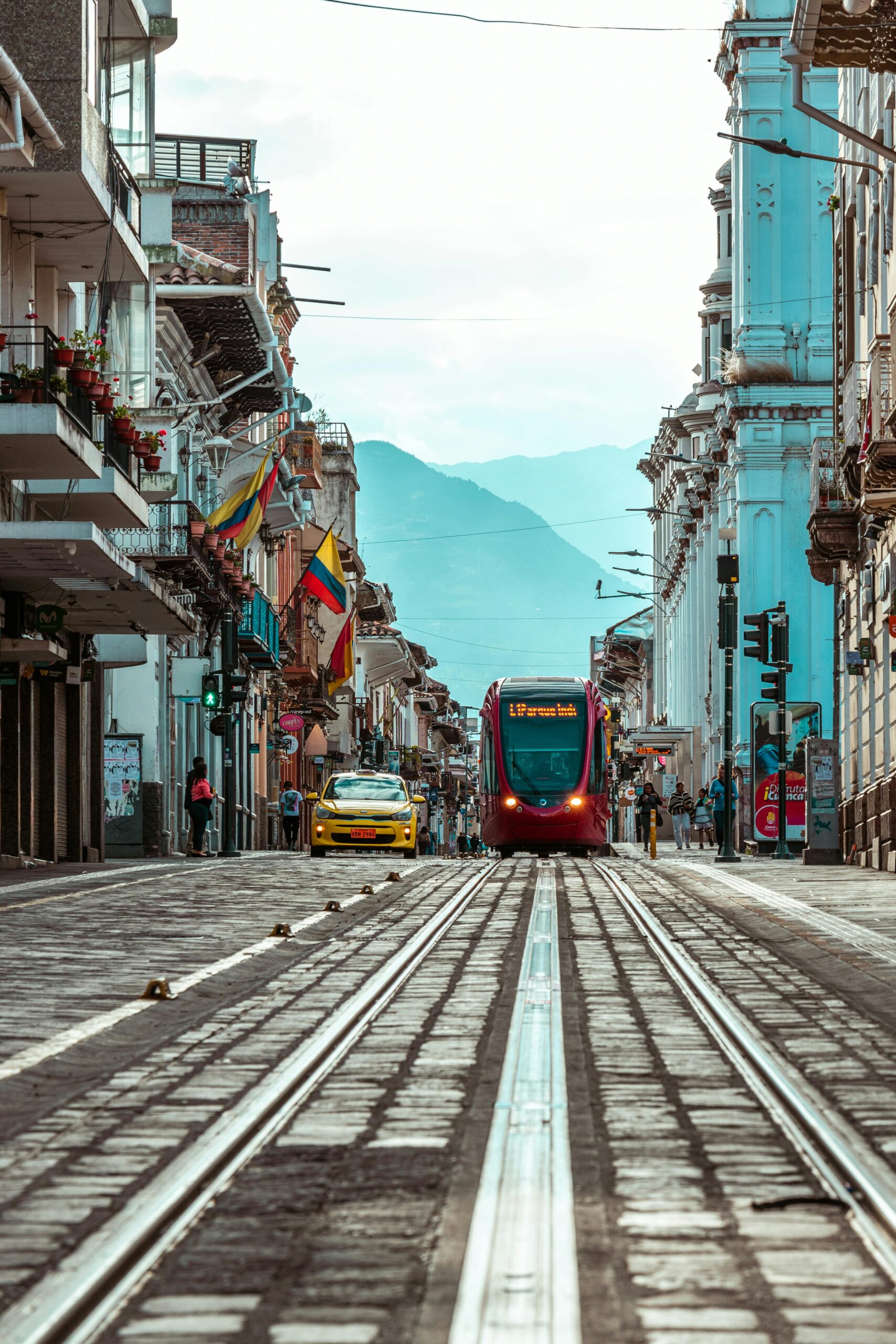
Accommodation Options in Spain
Luxury Hotels
Spain is known for its luxury hotel options. Five-star hotels in cities like Madrid, Barcelona, and Marbella offer a comfortable and unforgettable stay. These hotels feature spa services, gourmet restaurants, and various activity options.
Boutique Hotels
Boutique hotels provide a unique and personal accommodation experience in Spain. These small and stylish hotels often operate in historic buildings or specially designed structures. You can find many boutique hotels in Old Town areas and coastal villages.
Rural Hotels and Paradores
Hotels and paradores in Spain’s rural areas offer an accommodation experience intertwined with nature. Paradores are state-run hotels operating in historic buildings and can be found in different regions of the country. Staying at these hotels allows you to closely experience the historical and cultural heritage.
Airbnb and Apartment Rentals
If you are looking for more independent accommodation in Spain, consider Airbnb or apartment rental options. You can find many affordable and comfortable apartments, especially in major cities and popular tourist areas.
Hostels and Guesthouses
Spain offers many hostel and guesthouse options for those seeking affordable accommodation. These facilities are ideal for young travelers and backpackers. Hostels often feature shared kitchens and social areas, providing opportunities to meet other travelers.
Shopping in Spain
Spanish Fashion and Clothing
Spain is known for its world-famous fashion brands. In major cities like Madrid and Barcelona, you can find stores of famous Spanish brands like Zara, Mango, and Desigual. Additionally, you can explore boutique stores of local designers in these cities.
Chocolate and Wine
Spain is famous for its quality chocolates and wines. You can find many chocolate factories and boutiques in cities like Valencia and Barcelona. Additionally, you can taste and purchase various wines brought from Spain’s famous wine regions.
Traditional Handicrafts
Spain is also known for its traditional handicrafts. Flamenco dresses, ceramics, leather goods, and handmade jewelry can be found in local markets and shops. Particularly in the Andalusian region, you can discover these traditional handicrafts.
Antiques and Design Products
In Spain’s major cities and historic towns, you can find many antique and design shops. These shops offer old furniture, artworks, and various decorative items. Madrid’s El Rastro Market and Barcelona’s Els Encants Market are popular places for antique shopping.
Shopping Centers and Street Stores
In Spain’s major cities, there are many shopping centers and street stores. Gran Vía in Madrid, Passeig de Gràcia in Barcelona, and Calle Colón in Valencia are ideal places for shopping enthusiasts. In these areas, you can find many branches of both international and local stores.
Transportation in Spain
Trains
Spain’s railway network provides easy and fast transportation to every corner of the country. RENFE is Spain’s national railway company and offers fast and comfortable journeys between major cities with AVE high-speed trains. Additionally, you can use interrail tickets for affordable travel on Spain’s trains.
Buses and Trams
In major cities, buses and trams are widely used for urban transportation. In cities like Madrid, Barcelona, and Seville, the public transportation network is well-developed, making it easy to reach tourist attractions. EMT Madrid and TMB Barcelona are widely used public transportation services in urban transportation.
Metro
Madrid and Barcelona have well-developed metro networks, providing great convenience for urban transportation. The metro is the most practical way to reach tourist attractions quickly and economically. Additionally, there are metro lines in cities like Valencia and Bilbao.
Cable Cars and Funiculars
In Spain’s mountainous regions and coastal cities, cable cars and funiculars facilitate access to high points. The Montjuïc Cable Car in Barcelona, the Teleférico de Madrid in Madrid, and the Monte Igueldo Cable Car in San Sebastián offer stunning views to visitors.
Car Rental
If you are planning a more independent trip, consider car rental options. Spain’s highways and roads are in good condition, and exploring different regions of the country by car is very enjoyable. However, it may be difficult to find parking in major cities, and parking fees can be high.
Bicycles
Spain is a bike-friendly country, and many cities offer bike rental services. Cities like Barcelona, Seville, and Valencia have extensive bike lanes and rental stations. Exploring the city by bike is both eco-friendly and fun.
Walking
Spain’s major cities and historic towns are ideal for exploring on foot. Old Town areas, with their narrow streets and historical buildings, are perfect for walking. Additionally, walking in coastal cities offers a peaceful experience with stunning views.
Conclusion
Spain offers visitors an unforgettable experience with its historical and cultural riches, natural beauty, culinary experiences, and vibrant atmosphere. In this guide, we provided comprehensive information about places to visit, activities to do, and foods to try in Spain. Every corner of Spain is filled with different beauties waiting to be discovered. Whether you are a nature enthusiast or have cultural interests, Spain has something to offer everyone.
I hope this long and detailed guide will inspire and guide travelers who want to explore Spain.
If there are other topics or places you would like to add, please let me know!